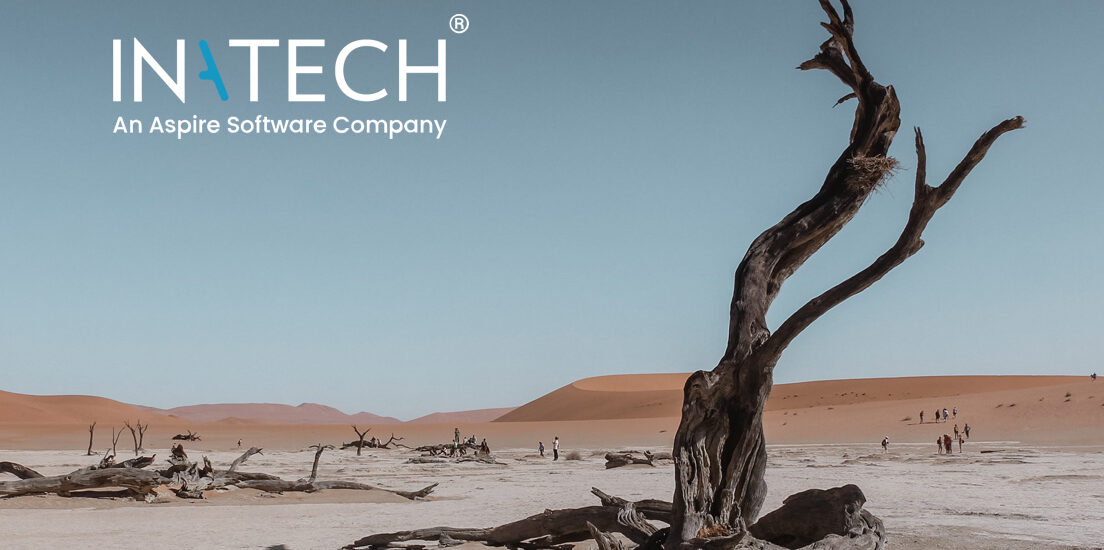- April 11, 2023
- Posted by: Tom Hedge
- Blogs

Earth’s climate has always fluctuated and it would be alarming if it stayed stable for a prolonged period – that would break the cycle that has been happening for eons.
Many naturally occurring events drastically change our climate, and Earth has experienced much hotter and colder periods than before we ever burned fossil fuels. These include ‘Snowball Earth’ events and periods in which the High Arctic saw temperatures exceeding 35 °C.
The most recent shift that occurred before what we’re faced with today was the transition from the Medieval Climate Anomaly to the Little Ice Age – a period of cooling that affected the North Atlantic especially and ended in 1850.
With that said, we are most likely accelerating climate change, and we are poisoning the water we drink and the air we breathe. Even though Earth would be just fine without us, we need to save ourselves.
Natural Events Triggering Climate Change
Glacial and Interglacial Periods
Five ice ages have been defined throughout Earth’s history, spanning from the Huronian Period, from 2.4 to 2.1 billion years ago (the oldest ice age on record), through to the present day Quaternary Period.
Palaeoclimatological records provide us with a timeline of the glacial and interglacial periods that have occurred within these ice ages. Thanks to such data, we know that the most recent glacial period occurred from approximately 120,000 to 11,500 years ago – which brings us to the current interglacial period – the Holocene Epoch.
Glacial periods usually end with periods of abrupt warming. There are several reasons for this, including:
- Ice albedo feedback: This refers to the fact that ice is more reflective than land or water and thus, when its cover reduces, more solar radiation is absorbed at the surface and surface temperatures increase.
- During glacial periods, atmospheric CO2 levels are approximately 30% lower. Evidence from sediment cores revealed that during those periods, a larger quantity of CO2 is stored in the oceans which is released as ocean temperatures increase, accelerating warming.
According to the National Oceanic and Atmospheric Administration (NOAA), glacial-interglacial cycles coincide with changes in the intensity of solar radiation that Earth is exposed to – more specifically, interglacial periods are said to occur during times of more intense summer solar radiation in the Northern Hemisphere.
The Palaeocene-Eocene Thermal Maximum (PETM)
This period of high temperatures occurred 56 million years ago and climatologists refer to it to help us understand our current situation. As a result of high volcanic activity, levels of atmospheric CO2 increased by 300-400%, which led to warming. The oceans also became more acidic which affected aquatic ecosystems, and patterns regarding storms and rainfall affected terrestrial ecosystems. The climate cooled again and, as always, Earth did just fine.
The Beaufort Gyre
The Beaufort Gyre is a major ocean current in the Arctic Ocean, to the north of Alaska and Canada. It helps to regulate the climate and sea ice formation in the region.
The gyre accumulates or releases freshwater depending on changes in atmospheric circulation. From the late 1960s into the 1970s, the Great Salinity Anomaly occurred – an event where the gyre released a large amount of water into the North Atlantic, leading to some extremely cold winters.
Scientists studying the Beaufort Gyre expected its circulation pattern to change in 2003, after which, it would release. However, it didn’t happen then – and it still hasn’t happened. Instead, it continues to accumulate freshwater. As a result, it’s being closely monitored because there is a possibility that all the freshwater could release all at once, causing sudden cooling in Europe and the North Atlantic regions.
While it is suggested that global warming is what has caused the system’s instability on this occasion, some research has indicated a similar destabilisations between the Medieval Climate Anomaly and Little Ice Age.
Solar Activity and Other Space Weather Phenomena
The sun’s activity, along with other space weather phenomena, are powerful influences on the Earth’s climate, and the climate of other planets in our solar system.
The grand solar cycle is one example. This 200-400 year quasi-cycle has been linked to significant temperature changes, with grand solar maxima (periods of greater solar activity) being linked to warmer periods and grand solar minima (periods of low solar activity) to colder periods.
The Maunder Minimum (c. 1687-1703) was particularly harsh and wrought havoc across the globe due to the extreme weather patterns that occurred during the period.
There is also a known correlation between cosmic rays and seismic activity. During periods of low solar activity, higher concentrations of cosmic rays reach the Earth and, if they trigger volcanic activity as suggested, there may be significant effects on the global climate as a result.
There is debate as to how much of an impact the upcoming grand minimum (expected to begin in around 2030) will have on warming.
The Unusual Speed of the Current Warming
One of the most pertinent issues relating to the current period of warming is the speed at which it’s happening. Again, not an issue for Earth, but for humans, as we now rush to slow down the changes through policy.
What About Global Greening?
Satellite technology has been monitoring vegetation coverage and shows that, since 1981 at the latest, there has been increased vegetation growth, especially in India and China. As well as the fact that this means larger carbon sinks, recent research has reported that this has a strong cooling effect because of the additional heat and water vapour transfer into the atmosphere. To be precise, it is said that from 2000-2015, the greening-induced cooling effect was 25 times stronger than the warming caused by tropical deforestation.
While this helps to mitigate against human-induced climate change to some extent, it is difficult to quantify the effect of greening on surface temperatures and some researchers have stated that warming outpaces this cooling effect. So, planting trees will help but cannot be relied on without implementing other measures for reducing carbon emissions.
Transitioning to Renewables
Governments continue to press toward reaching emissions targets – and hopefully not in vain, as may be the case with electric vehicles in some regions, as well as counterfeit renewables.
Despite fluctuations in coal demand in recent years, forecasts suggest that demand for both coal and gas will decline between now and 2025. Meanwhile, governments around the world are increasing their investment in renewable fuels, and that includes China, one of the largest consumers of coal. There is also increased investment in green hydrogen.
Conclusion
We are experiencing a state of change – something that Earth is continuously undergoing. Species have come and gone as the climate has warmed and cooled historically. The difference with humans compared to species that have become extinct is that we have the self-awareness and scientific capacity to prepare.
Time will tell whether factors such as the grand solar minimum or global greening will have a real impact on the situation, and it will be interesting to see what their combined effect is. In the meantime, we will have to continue reducing fossil fuel usage.
Inatech is a leading provider of cloud-based Commodity and Energy Trading Risk Management software. Our ETRM platform can help risk managers navigate the ever-changing landscape with advanced ETRM analytics and risk management tools.
We also have a dedicated renewable fuel ETRM that also supports biofuels trading, biofuels hedging, emission instruments trading, and much, much more. Contact us today and see how our software can enhance your trading operations.


